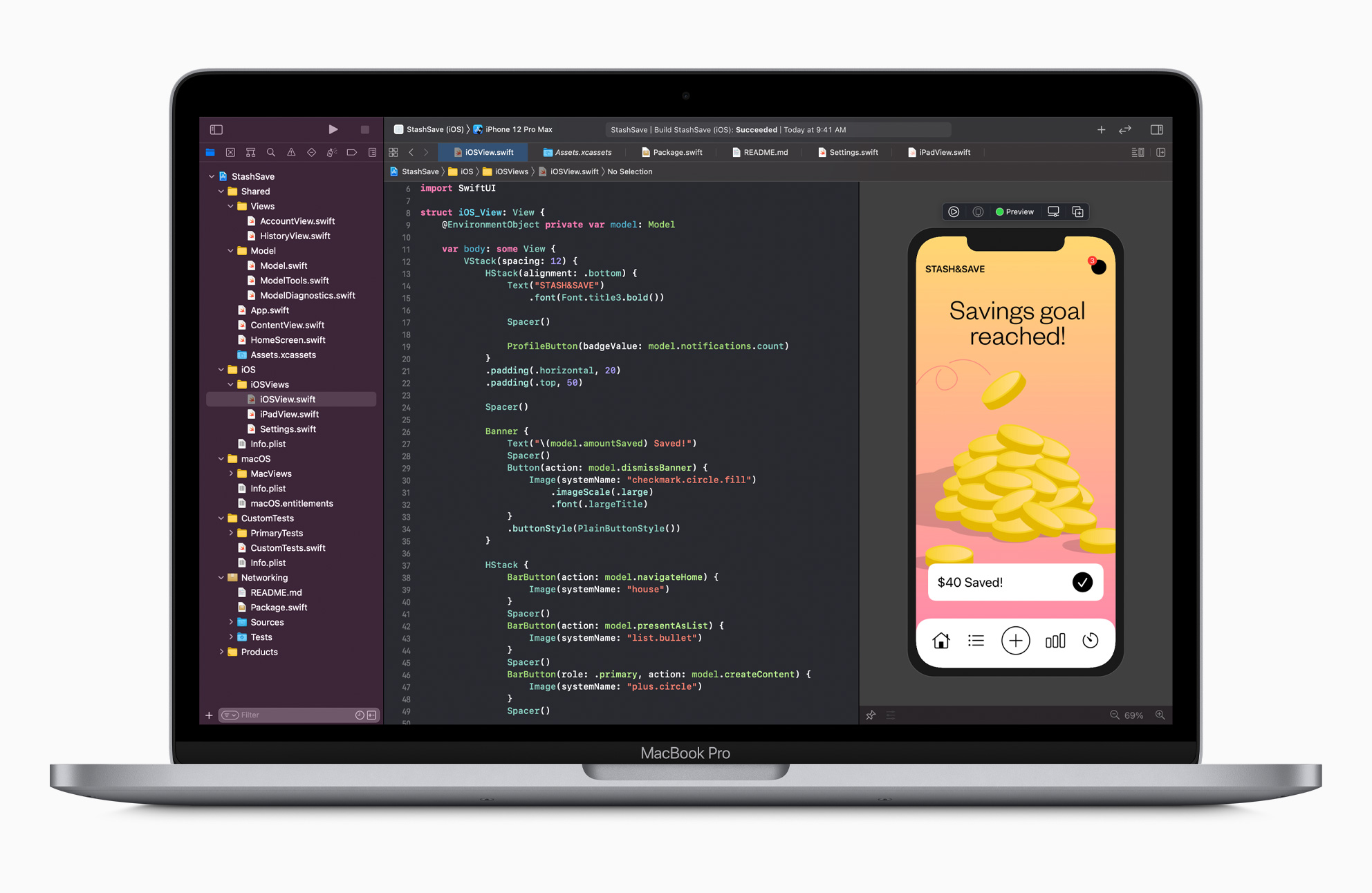Apple’s new 13-inch M1 MacBook Pro is 3.6 times faster than its Intel-based MacBook Pro predecessor at machine learning tasks, as per tests performed by roboflow. The tests involved object recognition for over 121,444 images using Apple’s Create ML.
Roboflow ran tests on an M1-powered MacBook Pro, an Intel-powered MacBook Pro, and a 16-inch MacBook Pro with Core i9. Although the M1 MacBook Pro easily beat the Intel Core i5 powered MacBook Pro, it lost to the Intel Core i9 and Radeon Pro combination in the 16-inch MacBook Pro. However, this was most likely due to a lack of software optimization from Apple, as Create ML only used 8% GPU, compared to 100% GPU utilization on the Radeon Pro 5500M.

M1 Mac is 3.6x times faster than Intel Mac at machine learning
Apple’s M1 chip powered MacBook Pro was the cheapest out of all the test machines, costing just $1,499, while the Intel MacBook Pro costs $1,699, and the 16-inch MacBook Pro cost $3,899 thanks to its Core i9 chip, 64GB RAM, and discrete Radeon Pro 5500M GPU with 8GB memory. The M1 powered MacBook Pro had 8GB unified memory in comparison.
As per roboflow, the M1 chip utilized its GPU to complete the Create ML task in just 149 minutes, while the Core i9 powred system completed the task in 70 minutes, thanks to the discrete GPU. The older Intel Core i5 MacBook took 542 minutes because its integrated graphics could not handle the task and it had to rely on its CPU.
On this object detection task in Create ML, the 13″ Apple M1-powered Macbook Pro performed significantly better than the 13″ Intel Core i5 but underperformed the 15″ i9 with its discrete Radeon Pro 5500M GPU.
- The Intel Core i5 took 542 minutes to run through 5,000 iterations (CPU training).
- The Apple M1 took 149 minutes to do the same (8% GPU utilization).
- The Intel Core i9 with Radeon Pro took 70 minutes (100% GPU utilization).
The most interesting part here is that the M1 chip only had 8% GPU utilization. Extrapolating this to 100% utilization might give very different results, which might even leave behind the Radeon Pro 5500M, however, this is something we would like to see actual numbers for. Apple is actively working on its TensorFlow and ML Compute development, and it will be fascinating to see how machine learning tasks perform on M1 chips, once proper software optimizations are in place.
Read more:
- $899 M1 Mac mini vs. $10,000 Intel Mac Pro: Which is faster?
- M1 vs AMD – MacBook Pro vs Asus Zephyrus G14 show which one is better
- M1 MacBook Air vs M1 MacBook Pro – which one should you get?
- iPad Pro with A12z chip vs. MacBook Air with M1 chip – performance, battery, display comparison
- $899 M1 Mac mini vs $2,549 iMac 5K – the smaller Mac holds its own in many tests
- Apple’s M1 chip runs Windows 10 2x faster virtually than Surface Pro X runs it natively
3 comments
Comments are closed.